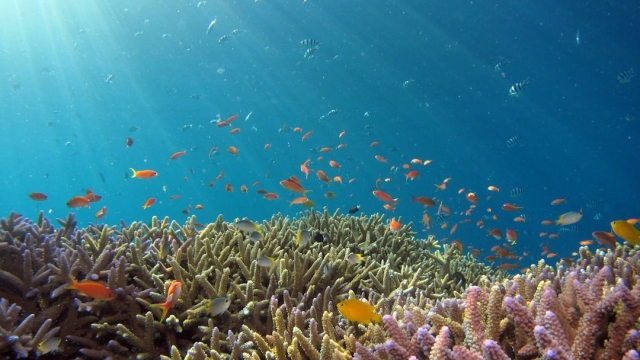The health and integrity of underwater infrastructure are critical to various industries, including oil and gas, telecommunications, and transportation. As these structures age and environmental conditions change, regular evaluations become essential to ensure safety and functionality. A well-executed underwater infrastructure assessment plays a vital role in identifying potential issues before they escalate into significant problems.
Understanding Underwater Infrastructure
Underwater infrastructure includes a range of structures located beneath oceans, rivers, and lakes. These can encompass pipelines, cables, bridges, and underwater storage facilities. Given the harsh conditions of underwater environments, including pressure, corrosion, and biological growth, regular assessments help maintain the operational integrity of these assets.
The Importance of Regular Assessments
Regular assessments of underwater infrastructure are crucial for several reasons:
- Safety: Identifying weaknesses or damages in structures prevents accidents that could lead to environmental disasters or human casualties.
- Environmental Protection: Monitoring underwater assets helps mitigate pollution risks, especially in sensitive marine environments.
- Cost Efficiency: Early detection of issues can save significant repair costs and reduce downtime.
- Regulatory Compliance: Many industries are required to adhere to strict safety regulations, making regular assessments legally necessary.
Methods of Underwater Infrastructure Assessment
Various methods are employed to conduct underwater assessments, depending on the type of infrastructure and the specific conditions of the site. Here are some commonly used techniques:
Visual Inspections
Visual inspections are the most basic form of assessment and involve divers or remotely operated vehicles (ROVs) examining structures. While they can be effective for identifying obvious problems, they are often limited by visibility and depth constraints.
Sonar Technology
Sonar technology, including side-scan sonar and multi-beam sonar, is widely used for mapping underwater structures. This technology can provide detailed images of the seabed and submerged infrastructure, helping to identify anomalies or changes over time.
Ultrasonic Testing
Ultrasonic testing involves sending high-frequency sound waves through materials to detect flaws. This method is particularly useful for assessing the thickness of pipes and detecting corrosion that is not visible externally.
Remote Operated Vehicles (ROVs)
ROVs equipped with cameras and sensors can perform detailed inspections and gather data in challenging underwater environments. They can operate at great depths and provide real-time feedback, making them invaluable for comprehensive assessments.
Challenges in Underwater Assessments
Conducting underwater infrastructure assessments is not without challenges. Some of the significant hurdles include:
- Environmental Conditions: Strong currents, poor visibility, and varying temperatures can complicate assessments.
- Access: Some structures may be located in remote or hard-to-reach areas, increasing the difficulty and cost of inspections.
- Technological Limitations: While advancements are being made, some existing technologies may not provide the resolution or data needed for thorough assessments.
The Future of Underwater Infrastructure Assessment
As technology evolves, the future of underwater infrastructure assessments looks promising. Innovations such as artificial intelligence and machine learning are expected to enhance data analysis, enabling more accurate predictions about infrastructure health. Additionally, advancements in robotics may lead to more efficient and less intrusive inspection methods, further improving safety and effectiveness.
In conclusion, the importance of conducting thorough underwater infrastructure assessments cannot be overstated. With the right methods and technologies in place, industries can ensure the longevity and safety of their underwater assets, thereby protecting both the environment and public safety.

